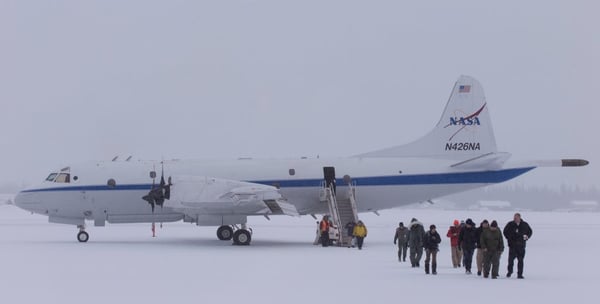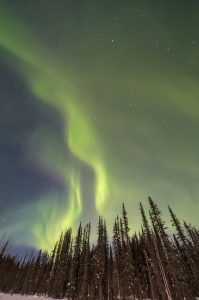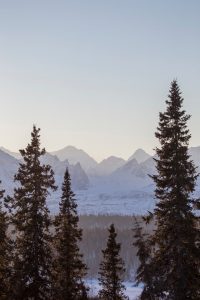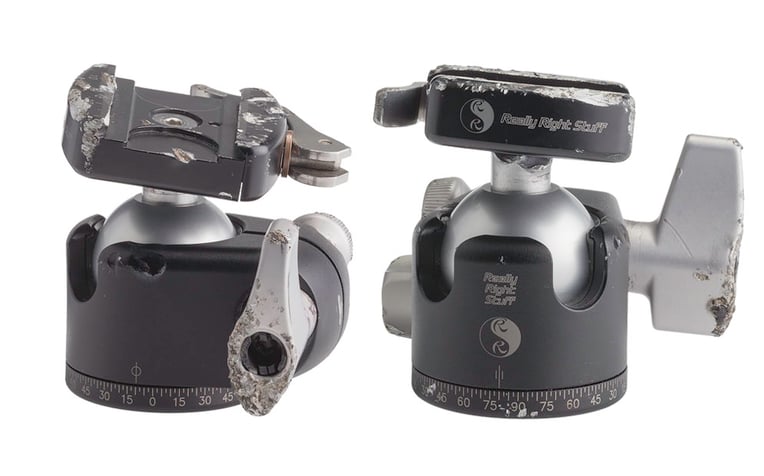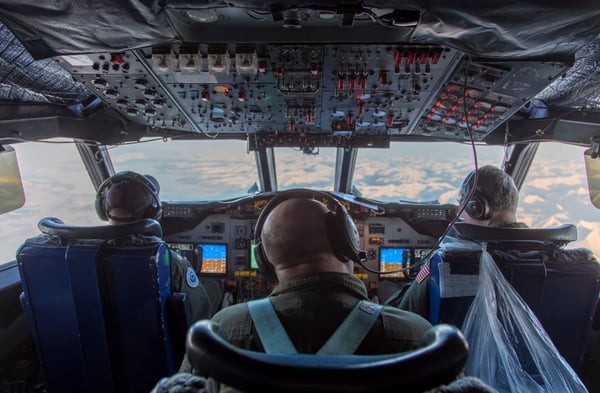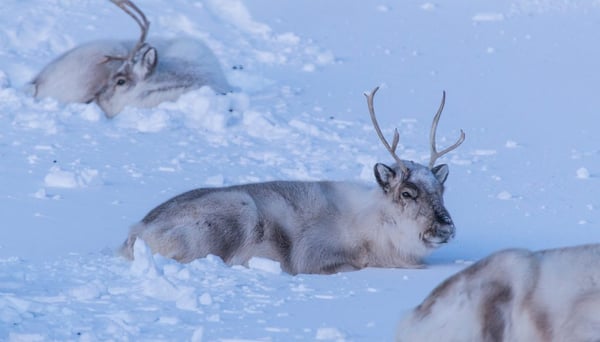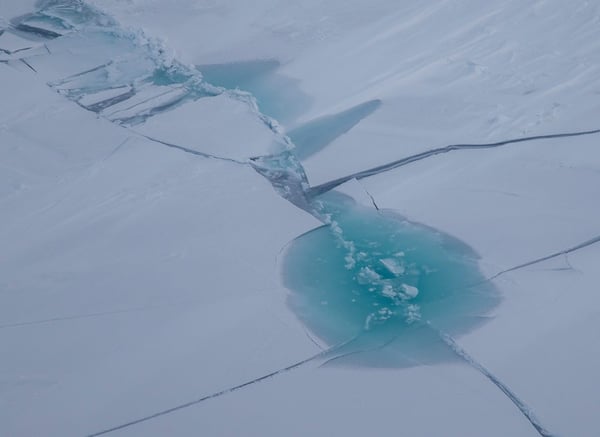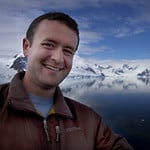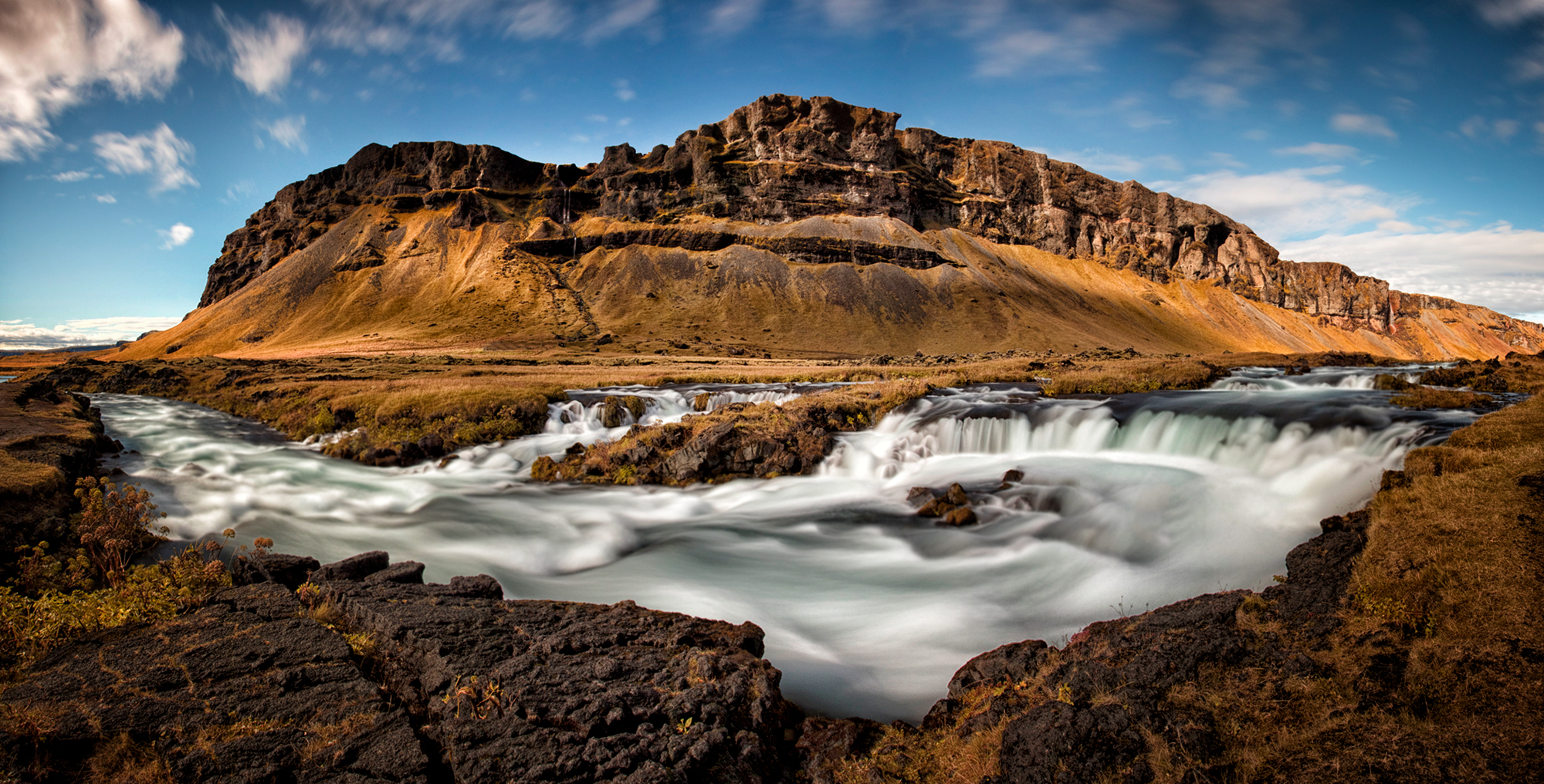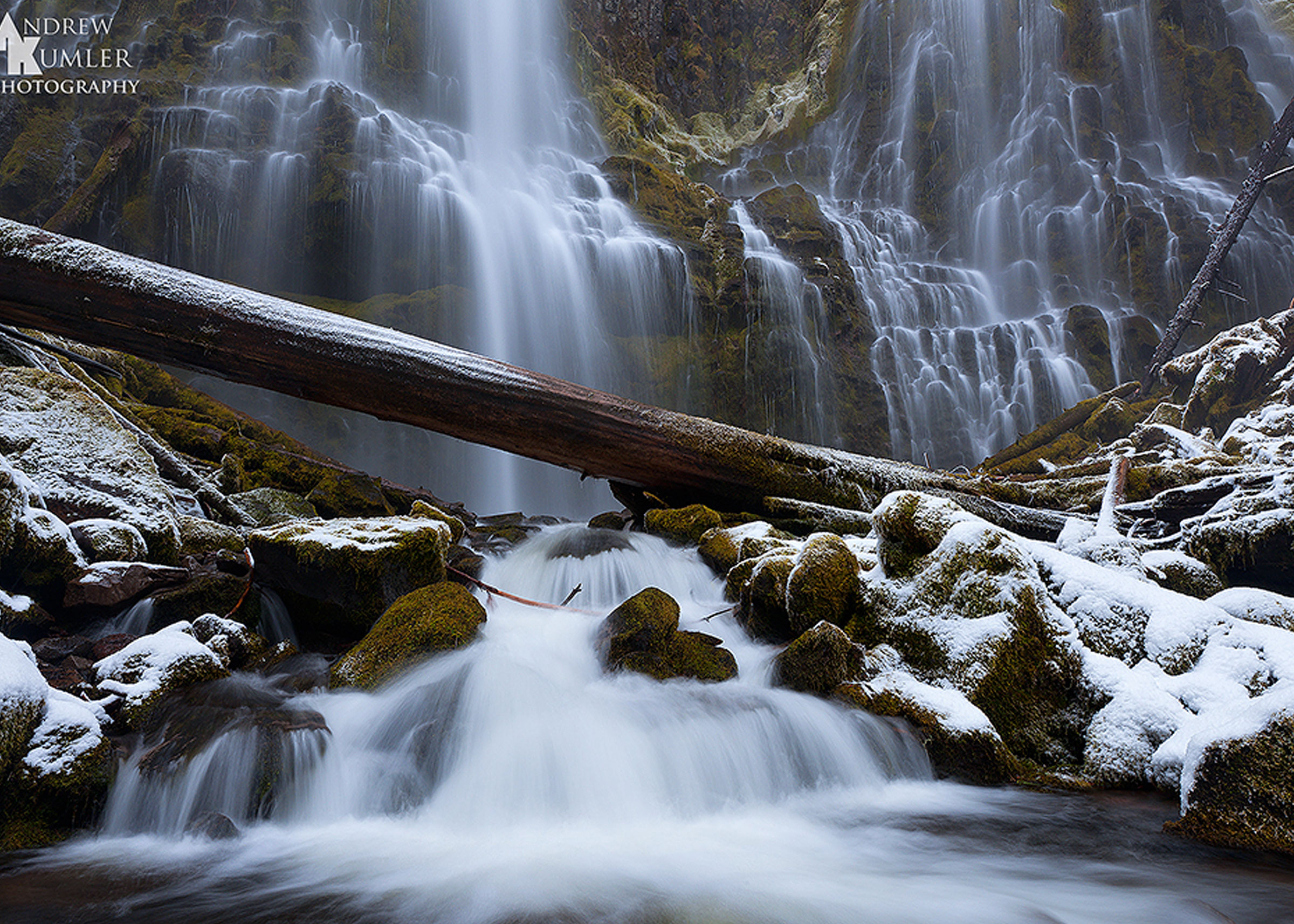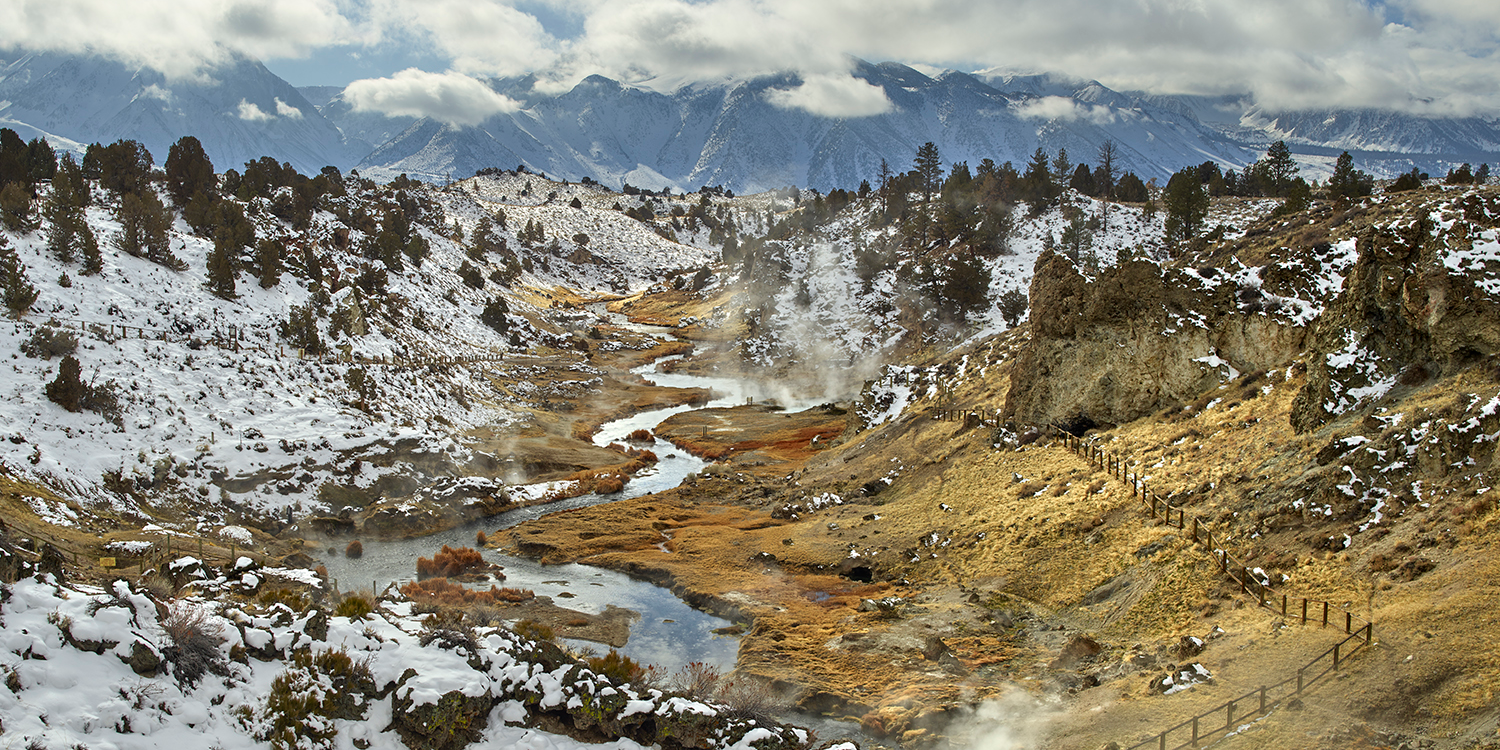Essentially, it was hit by a truck…
Alaskan Adventure
Jeremy Harbeck
I’m a support scientist at NASA Goddard Space Flight Center in Greenbelt, Maryland for a project called “Operation IceBridge”. The project “bridges the gap” between two satellite missions: ICESat, which completed its mission in 2009, and the follow-on mission, ICESat-2, which will be launched next year. Each year a suite of lidars, radars, and other instruments are installed on various NASA aircraft and flown throughout the polar regions, monitoring changes in the cryosphere. My part in this endeavor has me mostly working back in the office, preparing data sets for scientists anywhere from down the hall to around the globe. Sometimes though, I am lucky enough to make it into the field.
This past March was one of those times. We were based in Fairbanks, Alaska for about a week, taking measurements of sea ice in the Western Arctic Ocean. On a day-off reserved for aircraft maintenance, I offered to be a tour guide to a scientist visiting our project. Having lived in town a number of years ago, I was considered the “local” of the group, and was only too happy to oblige. As the weather was so nice that day, we decided to take a day-trip down to Denali. The drive down was pleasant enough, about three and a half to four hours, with a couple stops for photos.
We arrived at Denali National Park and everything was going great. We started off by driving into the park as far as we could go (~13 miles), checking out the mountain views and taking in the sun-soaked isolation of it all. I had a newly acquired 100-400mm zoom lens I was excited to try out. I popped it up on my tripod rig, which included a BH-40 Really Right Stuff ball head and the setup let me easily lock the mountain in the frame for a few close-up shots. After a bit we decided to continue down the Parks highway to Denali State Park’s north viewpoint, hoping to bring ourselves around the mountain enough to catch some sunset light on Denali.
We arrived at the viewpoint, the sun hovering just above the mountain range in the distance. With daylight waning, the temperature had already dropped to 0°F and the wind had picked up. We hiked in on top of at least two feet of snow; the thick pre-trampled top layer along the trail the only thing supporting us above the otherwise fluffy and deep snowpack. At the viewpoint I pulled out my camera, switching between my new zoom and my trusty 24-105mm travel lens. As the light continued to fail, the wind steadily grew, so I switched to stabilized shots. I was really happy I had this rock-solid setup put together to be able to take advantage of this new lens in this increasingly hostile environment; the BH-40 head kept things exactly where I needed them during shooting, and made repositioning from shot to shot a breeze.
Once the sun was gone, we hiked back to the car and started driving back north. With all the mountains around me and the perfect twilight out, I couldn’t resist; I pulled over one last time on the side of the road to catch a final panorama. The temperature had already sunk to -15°F and the wind was now over 20 mph. I didn’t want to bundle up for just one pic, so I made sure to be quick: I jumped out of the car, set everything up, took a nice 12 shot scene and hurriedly got back in. The light nearly gone, we started heading back to Fairbanks, watching the stars come out and the temp steadily drop on the rental car’s dashboard.
By the time we were north of the park, it was pitch black and the temp was wavering around -30°F. About an hour outside of Fairbanks the road heads up onto a ridge, which has some great views of the surrounding area. As we turned a corner, there was the Aurora! I’d taken some great shots of it a couple years ago while in town, but this year I had a new Canon 6D, so was I anxious to take advantage of its low-light capabilities. I’d only had a few brief chances to take Aurora shots so far this trip and was looking forward to getting some nice panoramic shots. I pulled off the road and after prepping my camera for long-exposure shots. Keeping an eye on the Aurora from the driver’s seat, I blindly reached in to the back to grab my tripod setup… and my hand couldn’t seem to find it.
I turned around and searched more and more frantically around the backseat of my rental car, coming up empty. After a minute or so, I’d moved from annoyance, to confusion, to concern. My fellow scientist joined in and I already knew that if I can’t find a 30” tripod in a small backseat about 10 seconds, another person isn’t going to make it materialize. After a thorough search, including the trunk, we both admitted that it was gone. As I sat there, trying to figure out where it could be, it dawned on me where I’d last seen it, but didn’t want to believe it… because it was 11 pm, very much below freezing outside and we’d just driven 2 1/2 hours since our last stop. I thought I’d put it away, but it must have somehow not made it into the car when I’d pulled over for that one last photo, oh so long ago.
I discussed options with my colleague and we decided to turn around and head back to find it… she was right that the “what if” would have haunted me if we hadn’t. So, we head south. She dozed in the passenger seat as I drove through the night, with thoughts rolling around my head. I said to myself, “I’m at the beginning of a month and a half long field campaign, I can’t be without my tripod setup! Think of all those Aurora shots you’ll miss! And all those long exposure sequences of icefog and snow… Not to mention the star trails.” This may seem a bit overreactive, but I’d been looking forward to trip for a long time, especially now that I had all the gear for it. Plus, it’s one thing to be in the lower 48 and find a rock or fencepost to put things on, but I was heading to Thule Air Base, Greenland after this, and when you’re out on the sea ice, there is literally nothing but flat snow and cold to set your camera down on.
As we progressed further south, my mind turned from thoughts of being without a tripod to hoping I could find it. I thought back to details of when I had used it last: I had pulled off the road… and I’m pretty sure I’d folded it up. But where exactly did I put it? And where was it now? I just hoped it wasn’t on the road somewhere. Even though we were driving down a fairly desolate highway through central Alaska, in the middle of the night, there was still traffic. And what that traffic consisted of right now tended to be massive semi-trucks. I prayed that since I had pulled over, wherever it had ended up, it was far enough off the road that it and anyone driving by, would be safe.
As we got nearer, the feeling of dread increased in my stomach. I began bargaining with fate that if we were lucky enough to recover it, if at least the ballhead was ok, I could find some mediocre tripod to at least get me through the deployment. But I knew there was nothing I could find before we left for Greenland, that wouldn’t shatter in that frigid air, much less hold my camera steady, like that RRS ballhead. But, I digress. With all that road once again behind us, my passenger awoke and the search began. Traffic was nonexistent and everywhere outside the headlights was like a curtain of black. We drove at a moderate pace, with the high-beams on, doing an initial search. Almost near the end of the area we’d decided to check, we thought we saw something. We finished the stretch and turned around for a second pass.
Driving quite a bit slower this time, suddenly there it was: a horrible, little mangled heap of forgotten metal. It was just lying there at the edge of the pavement, on the outside of a passing lane, barely touching the plowed snow. Of the original sturdy aluminum tripod, there was barely anything left; just the hinges and collar and about a quarter of the extension post. Still attached to the top was the RRS ballhead though. It was dinged up and mangled, but fared much better than the rest of the wreckage.
In my haste to get everything back in the warm car, I must have set the tripod down and simply drove off without it. It sat there for some unknown amount of time until its demise. There were no signs of tire tracks on or off the road, so I surmised that whatever came by simply blew through without even noticing it. Just a brief clank on a large front grill in the middle of a long, dark and uneventful drive. The twisted remains of the tripod told the story from a different viewpoint. A quick, but violent end. There were no signs of the legs, or much else of the tripod, but I was impressed by how well the ballhead fared, considering the circumstances. It even technically still worked… somewhat.
The rest of the campaign continued and I used a little pocket tripod I had squirreled away for the rest of the time. I couldn’t find anything in Fairbanks with regards to a tripod, let alone a ballhead I liked, and being an amateur photographer, didn’t want to waste the money on a gamble. We headed out to Greenland the next day, so ordering anything via mail wouldn’t have made it. In the end, it turned out fine: clouds rolled in, so there were no more Auroras or stars to be had in Alaska. We had good weather in Greenland and eventually combined with the midnight sun, I was able to fill my time with handheld shots during the increasing daylight hours.
Once back in the lower 48, I sent my ballhead into RRS for repairs and they were very accommodating. They dug through their archive of discontinued gear to find the parts (essentially everything) I needed to make it live again.
All the best,
Jeremy

